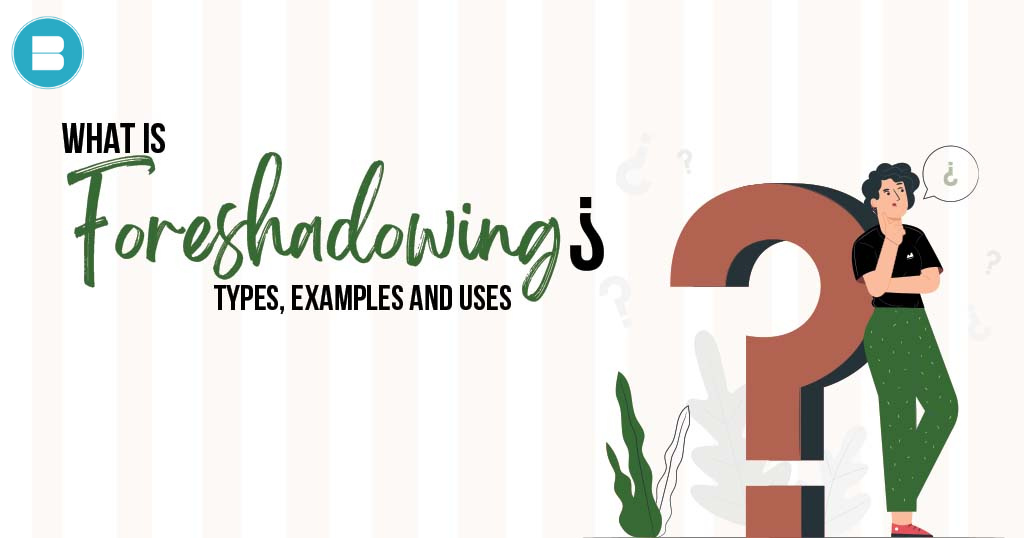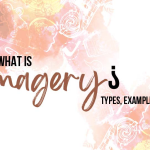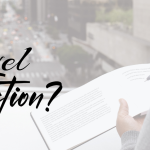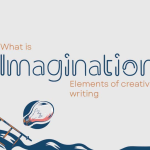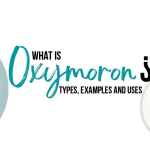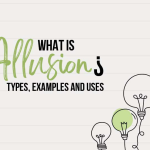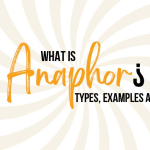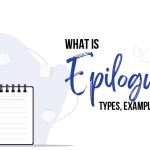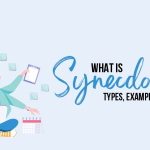Many people have a doubt “What is Foreshadowing“? Foreshadowing is a clever tool that scribes wield to give readers a sneak peek of what’s to come in a tale. When executed with finesse, it weaves a web of intrigue and anticipation that keeps readers on the edge of their seats.
It paints a picture of what’s to come, be it a character’s actions or the outcome of a plot. This not only elevates a reader’s experience but also enriches the story’s message and allows readers to draw parallels with other literary works and themes.
For example, in Samuel Taylor Coleridge’s poem “The Rime of the Ancient Mariner,” the act of the mariner killing the albatross serves as a powerful foreshadowing device. The albatross, a symbol of good fortune, is seen as a positive omen by the sailors.
However, the mariner, without any apparent reason, kills the bird, foretelling the misfortunes that will befall the ship and its crew. The death of the albatross also symbolizes the mariner’s guilt and curse, which he cannot shake off. The sailors, recognizing the bird as a bad omen, attempt to hang it around the mariner’s neck.
This foreshadowing of the albatross’s death creates a sense of unease and anticipation in the readers, as they know that something bad is going to happen as a result of the mariner’s actions, and it also serves to highlight the theme of guilt and the consequences of one’s actions.
A particular line from Samuel Taylor Coleridge’s poem “The Rime of the Ancient Mariner” that highlights the use of foreshadowing is:
“He prayeth best, who loveth best
All things both great and small;
For the dear God who loveth us,
He made and loveth all.”
This line, spoken by the mariner to the wedding guest, foreshadows the mariner’s eventual redemption and spiritual enlightenment. The mariner is expressing his understanding of the importance of loving all things and the power of prayer, which he learns through the suffering he experiences as a result of killing the albatross.
This foreshadows the mariner’s eventual realization of the error of his ways and his ability to find forgiveness and redemption. This line also highlights the theme of love and redemption, which is a significant aspect of the poem.
You may also like: Top 10 Hugo-Award Winning Novels You Must Read
What are the two forms of Foreshadowing?
- Direct Foreshadowing: This is when an author uses explicit language to hint at an event that will happen later in the story. For example, a character may say something like “I have a feeling something bad is going to happen” or “I sense trouble ahead.” This type of foreshadowing is clear and direct, and it makes the readers aware that something significant is about to happen.
- Indirect Foreshadowing: This is when an author uses symbols, imagery, or other literary devices to hint at an event that will happen later in the story. This type of foreshadowing is often more subtle and requires the readers to pay close attention to the details of the story to recognize the significance of the hints. For example, the recurring imagery of a storm in a story may foreshadow a tragic event or a character’s emotional state.
Both forms of foreshadowing can be used together to create a sense of suspense and anticipation in the readers.
Direct foreshadowing can be used to make the readers aware of what is to come, while indirect foreshadowing can be used to add depth and complexity to the story.
You may also like: List of Nobel Prize Winners in India (Updated)
What is Foreshadowing ? What is its importance in Literature?
Foreshadowing is an important literary device that allows authors to:
- Create suspense and anticipation: Foreshadowing provides hints about future events, which keeps readers guessing about what will happen next. For example, in “The Rime of the Ancient Mariner,” the killing of the albatross foreshadows the series of misfortunes that befall the ship and its crew.
- Build tension: Foreshadowing helps to set up emotional expectations of character behaviors and/or plot outcomes. This can heighten a reader’s enjoyment of a literary work and keep them engaged in the story. For example, in “The Great Gatsby,” the green light that Gatsby sees across the water foreshadows his unrequited love for Daisy and his tragic end.
- Hint at themes and morals: Foreshadowing can be used to hint at the theme or the moral of the story without giving away the story. For example, in “To Kill a Mockingbird,” the recurring imagery of birds foreshadows the theme of racial injustice in the novel.
- Reveal characters’ personalities and motivations: Foreshadowing can be used to reveal characters’ personalities and motivations, allowing readers to understand the characters better. For example, in “The Catcher in the Rye,” Holden’s recurring thoughts about death foreshadow his growing disillusionment with the adult world.
- Allow readers to make connections with other literature and literary themes: Foreshadowing allows readers to make connections with other literature and literary themes, making the story more relatable.
- Make the story more realistic by showing how events are connected to one another: Foreshadowing helps to connect events in the story and make it more realistic. It shows how events are related and how they will impact the characters and the outcome of the story. For example, in “The Lord of the Rings,” the recurring imagery of the ring foreshadows the characters’ struggles with temptation and the ultimate destruction of the ring.
- Allow readers to make predictions and experience a sense of satisfaction: Foreshadowing allows readers to make predictions about the story and feel a sense of satisfaction when those predictions come true. For example, in “Harry Potter,” the prophecy that states that “neither can live while the other survives” foreshadows the ultimate confrontation between Harry and Voldemort.
You may also like: The Rise of Self-Publishing and What it means for authors
What is the difference between Foreshadowing, Flashback, and Flashforward?
Foreshadowing, flashback, and flashforward are all literary devices that manipulate time in a story, although they are used in various ways.
Foreshadowing is a technique used to foreshadow or hint at events that will occur later in the story. It builds suspense and anticipation by showing the reader a preview of what is to come, but it does not depict the action itself.
Flashback is a method that disrupts the chronological order of events in a story to reveal a prior incident. It is used to provide context or to reveal a character’s motivations.
Flashbacks are typically prompted by a specific incident in the present, and they frequently assist the reader in better understanding the current situation.
Flashforward is a technique for displaying an event that will occur in the future. It is employed to generate suspense or to hint at the story’s outcome. Flashforwards are typically prompted by a specific incident in the present, and they frequently assist the reader in better understanding the current situation.
Simply stating, foreshadowing is a technique used to hint at a future occurrence, flashback is a technique used to depict a previous event, and flashforward is a technique used to show an event that will happen in the future.
Lets look into some examples to help you understand foreshadowing from your favourite novels:
- “It was a queer, sultry summer, the summer they electrocuted the Rosenbergs, and I didn’t know what I was doing in New York.” – Sylvia Plath, The Bell Jar. This line from the opening of the novel foreshadows the protagonist’s growing sense of disconnection and alienation from the world around her.
- “The boy with fair hair lowered himself down the last few feet of rock and began to pick his way towards the lagoon” – William Golding, Lord of the Flies. This line from the opening of the novel foreshadows the boys’ eventual descent into savagery as they are stranded on an uninhabited island.
- “But what I did not know then, as I watched the train disappear into the distance, was that my life would never be the same again” – Ruskin Bond, A Flight of Pigeons. This line from the opening chapter of the novel foreshadows the protagonist’s experiences during the Indian Rebellion of 1857 and the impact it will have on her life.
- “He was not a bad man, but he had made one great mistake: He had married a woman who did not love him.” – Graham Greene, The End of the Affair. This line from the opening chapter of the novel foreshadows the protagonist’s struggles with unrequited love and the impact it will have on his life.
- “I had always known that my father’s death would change my life forever” – Arundhati Roy, The God of Small Things. This line from the opening chapter of the novel foreshadows the protagonist’s journey of self-discovery and the impact of her father’s death on her life.
You may also like: Online Books Vs. Traditional Books | Pros and Cons
In conclusion, I’d say that Foreshadowing is like a secret handshake between the writer and the reader, a subtle nod towards what’s to come. It weaves a web of intrigue and anticipation, painting a picture of what’s yet to be revealed.
When executed with finesse, it keeps readers guessing and on the edge of their seats. It can be done in two ways, the direct and the indirect, both of which can be used to add layers of depth to a story.
It’s like a trail of breadcrumbs leading readers to the climax, making the journey all the more exciting. Foreshadowing adds meaning to a story and helps readers draw parallels with other literary works and themes.
It’s a powerful tool that elevates the reader’s experience and enriches the story’s message.
Publish your book for free with BlueRoseONE and become a bestselling author. Don’t let your dream of becoming an author fade away, grab the opportunity now and publish your book – be it fiction, non fiction, poetry or more.
Happy Reading!

